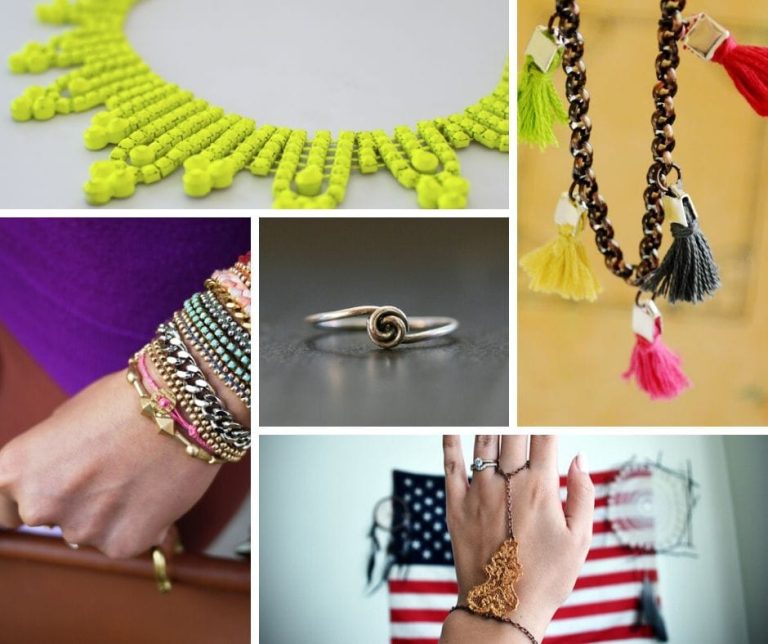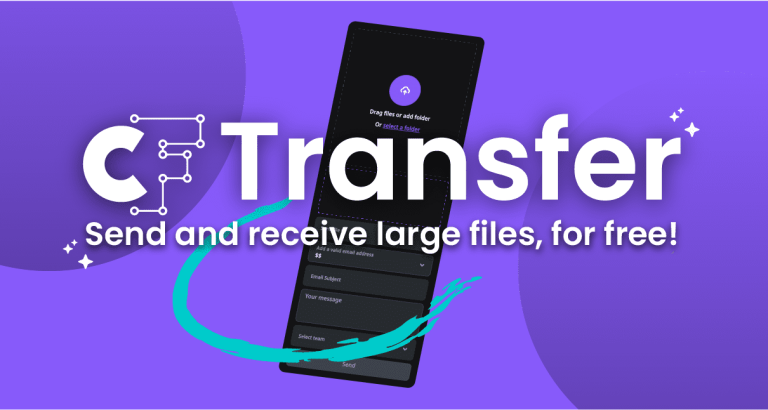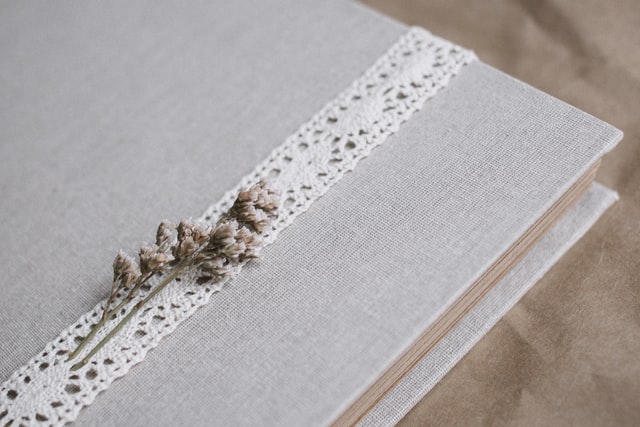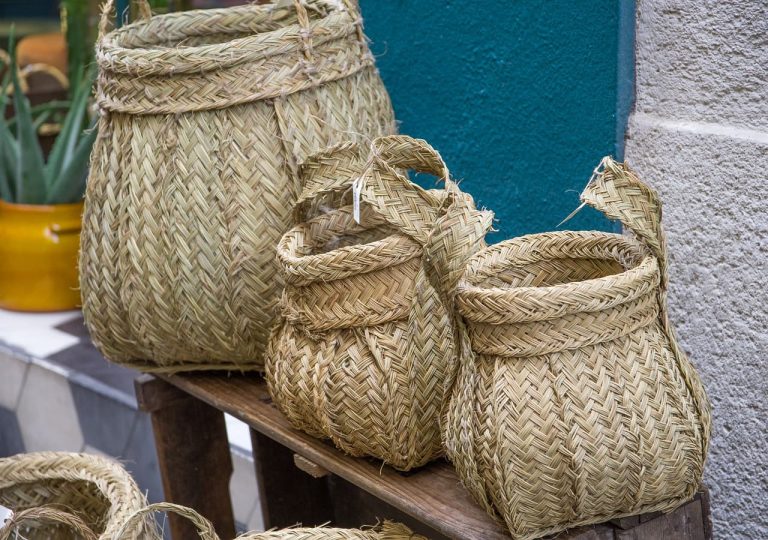Educational Crafts for Kids Using Printable Designs
Who said learning can’t be fun? Nowadays, it’s all about hitting two birds with one stone—keeping the little ones busy while sneaking in some educational goodness. That’s where Educational Crafts for Kids Using Printable Designs comes in.
Ever heard of Creative Fabrica Studio? Well, you’re in for a treat! This place is like a treasure box (whoops, let’s just call it a goldmine) of resources that parents and teachers can use to help kids learn. We’re talking a big pile of designs that you can print right from your computer. No fuss, no muss.
So, why is it so cool to mix creativity with learning when the kids are just wee ones? Think about it—when kids are cutting out shapes, matching colors, and following lines, their little brains are getting a workout. And not just any workout—a fun one! Plus, using stuff from Creative Fabrica means you don’t have to be a whiz at art to get cracking.
Just print, hand it over, and watch the magic happen. Ready to dive in? Let’s get those craft scissors and glue sticks ready!
Table of Contents
Benefits of Educational Crafts for Kids
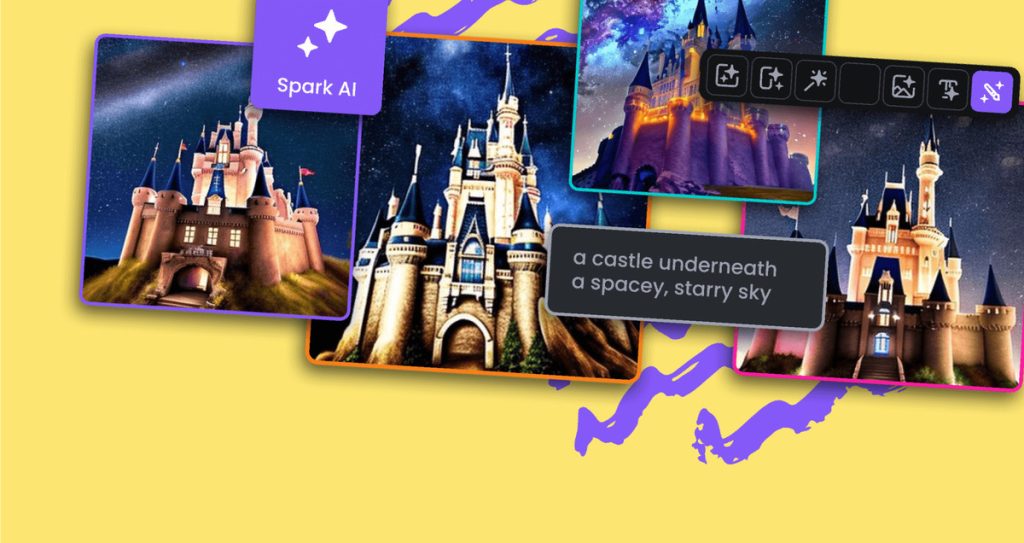
Educational crafts aren’t just a way to fill time—they’re a bridge to learning and development for kids. When you think about kids doing crafts, you might just see it as a way to keep them busy, but it’s so much more than that.
Cognitive Development Through Hands-On Activities
What’s happening when kids get their hands on crafts? A lot. They’re not just making a mess; they’re getting a brain boost. Working with their hands helps kids understand the world.
Think about it—when they’re figuring out which piece goes where, they’re actually boosting their problem-solving skills. And when they’re deciding on colors or designs, they’re cooking up their decision-making skills. It’s like mental gymnastics, but more fun.
Enhancing Fine Motor Skills with Cutting, Coloring, and Assembly
Now, let’s talk about those little fingers. Crafts like cutting shapes, coloring within the lines, and putting things together are great for their fine motor skills.
These activities might seem simple, but they’re actually helping kids get ready for things like writing and buttoning their own shirts. It’s like a mini workout for their fingers, and they don’t even realize they’re training!
Encouraging Creativity and Self-Expression Through Customizable Crafts
Here’s the best part: crafts let kids show who they are. Whether they’re making a bright, messy collage or a neat house from sticks, they’re telling you a bit about themselves.
Every choice in colors or shapes is a peek into their thoughts and preferences. Plus, when kids see that they have control over their projects, they feel more confident. It’s like they’re saying, “Look what I made!” and we can’t help but listen.
Essential Supplies and Setup
When you’re getting ready to dive into the world of printable crafts for kids, knowing what you need and setting up the right spot are your first steps to a smooth crafting session. Here’s how you can nail it from the get-go.
Basic List of Materials Needed for Printable Crafts
First things first, let’s chat about the gear you’ll need. It’s nothing fancy, really—just some simple stuff that most of us already have lying around.
You’ll want to grab some paper—pretty much any kind will do, but thicker paper like cardstock is ace for projects that need a bit more heft. Scissors are a must-have, of course, and so is glue or some good old tape.
Don’t forget the coloring materials; crayons, markers, or colored pencils—whatever makes your boat float. Keeping these essentials on hand means you’re always ready to roll when creativity strikes your kiddos.
Tips for Setting Up a Safe and Inviting Crafting Area for Kids
Now, about that crafting corner. You don’t need a ton of space, but a cozy little nook where everything’s easy to reach is perfect. Make sure it’s well-lit so the small ones can see what they’re up to without squinting.
Safety is big, so check that all tools and materials are kid-friendly. Got younger tykes joining in? Opt for scissors that won’t cut more than just paper.
Keeping everything organized might sound like a chore, but it pays off. It means less time looking for stuff and more time making cool things. Plus, when kids know where everything goes, they’re learning to keep things tidy, too.
Project Ideas Using Printable Designs
Diving into the world of printable crafts opens up a universe of creative possibilities for kids. Let’s break down some fantastic ways you can use these resources to make learning a blast.
1. Coloring Pages
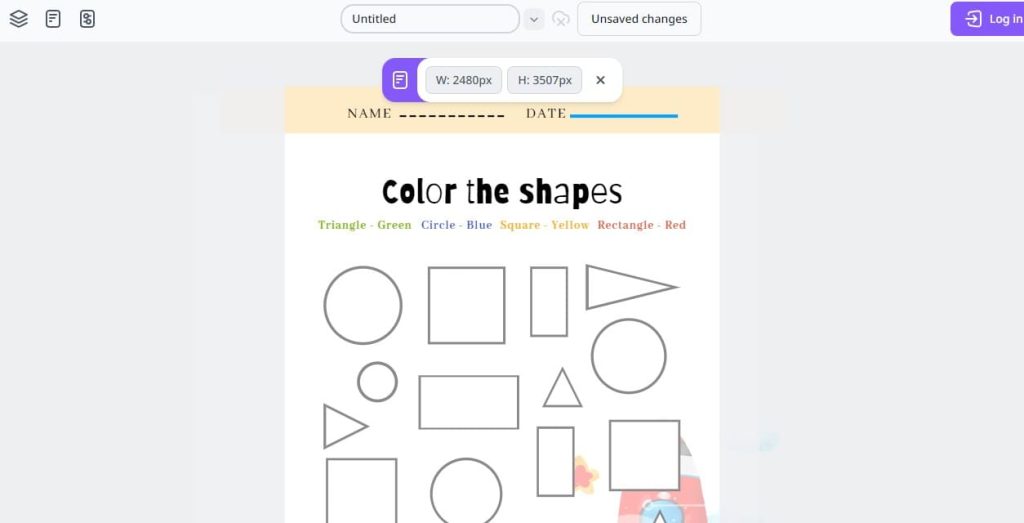
When you’re poking around on Creative Fabrica Studio, you’ll spot a bunch of coloring pages that are perfect for the kiddos.
These aren’t just any old coloring sheets; they’re gateways to learning. Creative Fabrica Studio, your go-to Online graphic design tool, packs its library with free templates that make getting started as easy as pie.
Let’s paint a picture of what’s available: you’ve got alphabet animals that turn ABC learning into a fun art session, number pages that add a splash of color to math, and world culture themes that take kids on a global journey from the comfort of their coloring books.
It’s all about mixing fun with learning—color inside the lines, or heck, go wild and make it a masterpiece!
Now, here’s the kicker about why coloring is so neat for learning. It’s not just about keeping the kids quiet for a bit (though, let’s be honest, that’s a nice perk). Coloring hones in on color recognition and teaches kids to follow directions.
They learn about different hues and shades while also getting the hang of following a set path with their crayons, which is top-notch for their cognitive development. Plus, it’s a chill way to sharpen their focus and hand-eye coordination. Who knew coloring could do so much?
2. Educational Games
Printable Board Games and Memory Cards
Who says learning can’t be a blast? With printable board games and memory cards, education gets a fun twist. Imagine games that dive into the solar system or have kids picking up sight words as they play.
These aren’t just games; they’re brain boosters disguised as playtime. You can find a heap of these game templates ready to print and play. It’s about getting those young minds excited about facts and knowledge through the thrill of a game.
Creating and Playing a Simple Printable Matching Game
Alright, want to make your own matching game? It’s simple. First, print out your game cards—these might have pictures, words, or numbers depending on what you’re teaching. Cut them out, shuffle them up, and lay them face down.
The game kicks off with players flipping two cards at a time, trying to find a match. Remember where cards are to snatch up pairs faster than the others. It’s a fantastic way to train the brain to remember and recognize patterns.
Benefits of Game-Based Learning
Now, here’s why games are gold for learning. They boost memory and crank up strategic thinking skills without kids even noticing they’re learning. Whether they’re solving a puzzle or planning their next move in a board game, they’re sharpening their minds. It’s all about learning while having a ton of fun, which is the best way to keep those young neurons firing!
3. Simple Papercrafts
Templates for Easy-to-Make Paper Toys and Models
Step into the world of papercrafts, where a simple sheet of paper turns into a masterpiece! You’ll find tons of templates for crafting animals and geometric shapes.
These projects are perfect for hands-on creativity and can be as simple or as intricate as you like. It’s all about folding, cutting, and maybe a bit of gluing to bring these creations to life.
Assembling a Paper Globe to Learn Geography
How about building a paper globe? It’s a cool project and a super way to sneak some geography learning into craft time. You’ll start with a template that shows all the continents and oceans.
Cut it out, fold along the lines, and glue it together to form a globe. As kids assemble their globes, chat about different countries and where they’re located. It’s a hands-on way to explore the world!
Crafting Story Characters to Enhance Reading Comprehension and Narrative Skills
And don’t forget about crafting story characters. This is a sweet way to boost reading comprehension and narrative skills. Kids can make paper figures of characters from their favorite stories or invent their own.
This brings stories to life and lets kids dive deeper into the plot and emotions of the characters. It’s like making a mini movie set where they control the action!
Integrating Crafts into Learning
Incorporating Crafts into Everyday Learning and Homeschool Curriculum
Crafts are not just for fun; they’re a powerful tool for learning. By weaving crafts into daily lessons or a homeschool curriculum, kids can explore complex concepts in a hands-on, memorable way.
For instance, a math lesson on geometry can involve creating shapes using craft materials. This method helps solidify abstract concepts by turning them into tangible experiences.
Whether it’s a history lesson illustrated with a timeline collage or science concepts demonstrated through model ecosystems, crafts make learning stick.
Interactive Lessons Using Crafts for Teaching Basic Math or Science Concepts
Let’s dive deeper into how crafts can illuminate math and science lessons. Imagine using string and beads to teach patterns and counting, or constructing a paper mache volcano that erupts with baking soda and vinegar.
Each craft activity can be a gateway to a scientific principle or a mathematical operation, turning abstract theories into engaging, interactive, and visual experiences that encourage deeper understanding.
Tips for Engaging Different Age Groups
Tailoring Craft Complexity Based on Age and Skill Level
Crafts can be adapted to suit any age group, making them a versatile tool in both family and educational settings. For younger children, simplicity is key—think coloring, basic cutting, and pasting activities that align with their developmental stage.
Older kids can tackle more complex projects like assembling detailed models or engaging in crafts that incorporate technology, like building simple circuits on paper. By adjusting the complexity of the craft, you cater to their developmental needs while challenging them just enough to keep things interesting.
Collaborative Projects for Mixed Age Groups
Crafts can also bridge the gap between different age groups, making them perfect for settings where children of various ages interact.
Projects like family murals, community quilts, or group-built sculptures allow everyone to contribute in a way that suits their abilities. Younger children can handle simpler tasks such as gluing and painting, while older children and adults take on the planning and more detailed aspects of the craft.
This not only fosters a sense of teamwork but also helps in building mentorship roles among the older participants.
Conclusion
Throughout our exploration of educational crafts for kids using printable designs, we’ve seen just how these simple tools can transform learning into a dynamic and engaging experience. Crafts enhance cognitive development, fine motor skills, and creativity, offering a hands-on approach to education that resonates with children of all ages.
As we’ve discussed, the possibilities are virtually endless. From colorful pages that teach through art to interactive games that boost strategic thinking, and from simple papercrafts that explain complex ideas to projects that bring kids together across age groups, crafting with printables is a rich and versatile method for educational enrichment.
I encourage you to dive deeper into the wealth of resources available on Creative Fabrica Studio. There, you’ll find an array of designs and projects that can inspire and facilitate your next learning adventure. Whether in a classroom setting, at home, or as part of a community group, these resources are designed to make learning not just effective but also incredibly enjoyable. So grab your scissors, papers, and creativity, and let the crafting journey continue!



